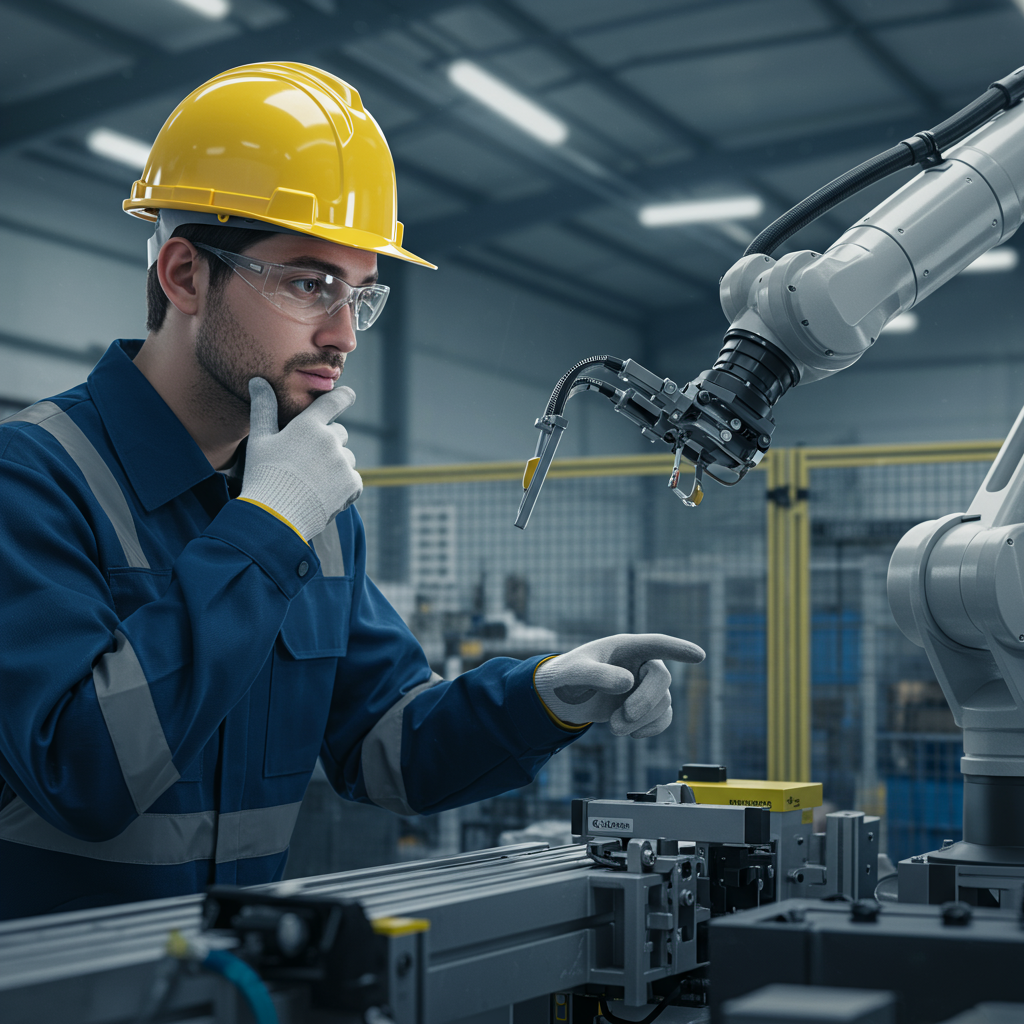A recent analysis suggests that between 1991 and 2007, roughly 400,000 jobs in the US were lost due to robots and automation. This raises important questions about the impact of technology on the workforce.
The Impact of Automation
Automation has always been a double-edged sword. On one hand, it boosts productivity and efficiency, leading to economic growth. On the other hand, it can displace workers, especially in roles involving repetitive tasks. This isn’t a new phenomenon. Think of the automated teller machines (ATMs) that changed the banking industry, or the assembly lines that transformed manufacturing.
The period between 1991 and 2007 saw significant advancements in robotics and automation technology. These advancements made it possible to automate tasks previously done by humans, especially in manufacturing and other industrial sectors. This naturally led to job losses in those areas.
The Bigger Picture
It’s important to understand that job displacement due to automation isn’t always a straightforward cause-and-effect relationship. While some jobs are lost, new ones are often created. For example, the growth of e-commerce may have displaced some retail jobs, but it also created new opportunities in areas like warehousing, logistics, and web development.
The challenge lies in helping workers adapt to these changes. Retraining and upskilling programs become crucial for those whose jobs are displaced by automation. Investing in education and developing new skills can help people transition to new roles in the evolving job market.
The Future of Work
The conversation around automation and its impact on jobs is ongoing. As technology continues to advance, it will likely reshape the workforce even further. Understanding the potential impact of these changes allows us to better prepare for the future. This preparation involves focusing on education, skills development, and policies that support workers in a changing job market. It’s a complex issue with no easy answers, but it’s one we need to address.






